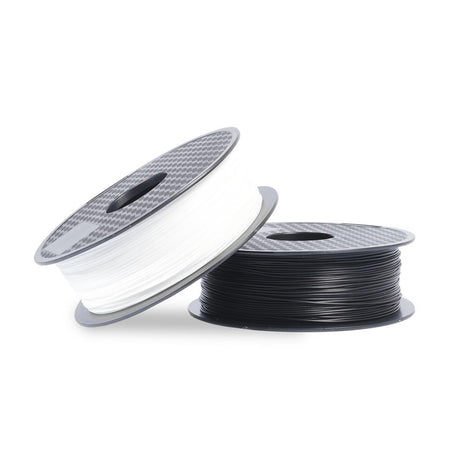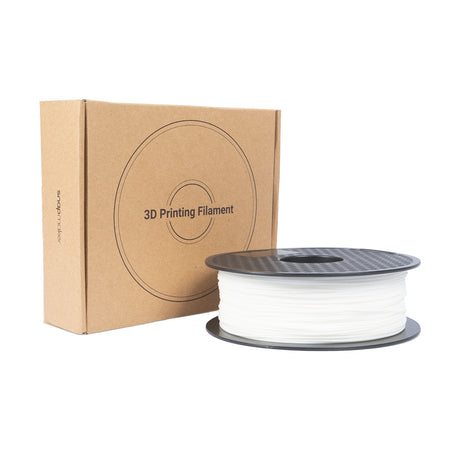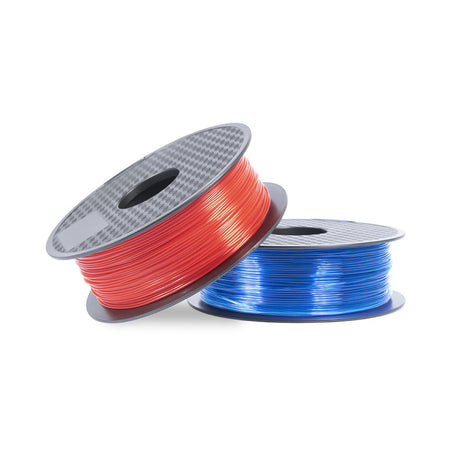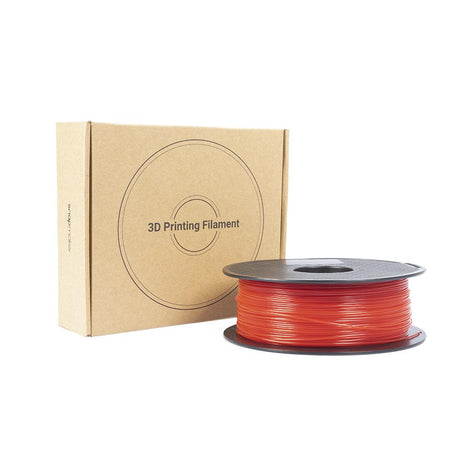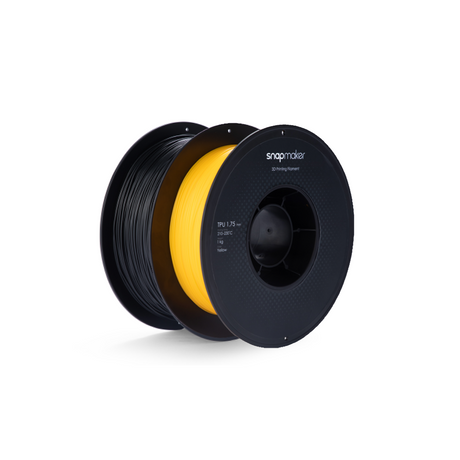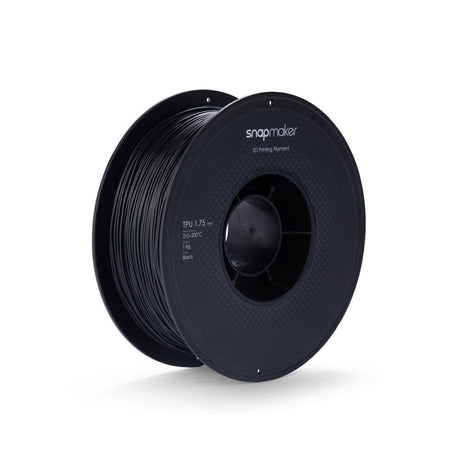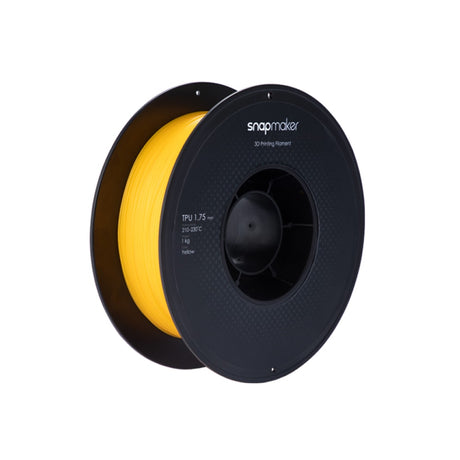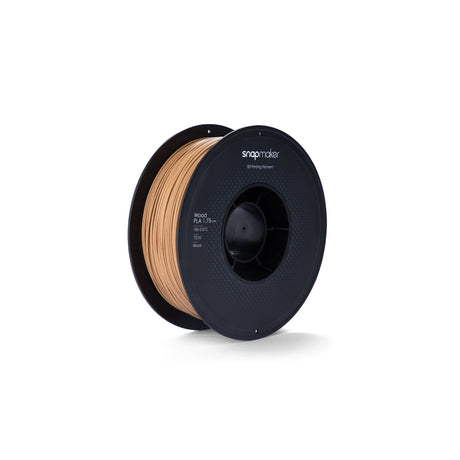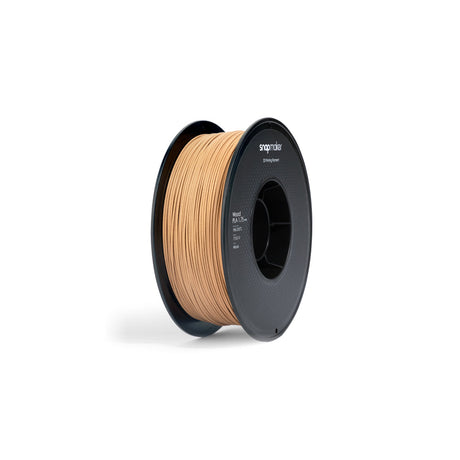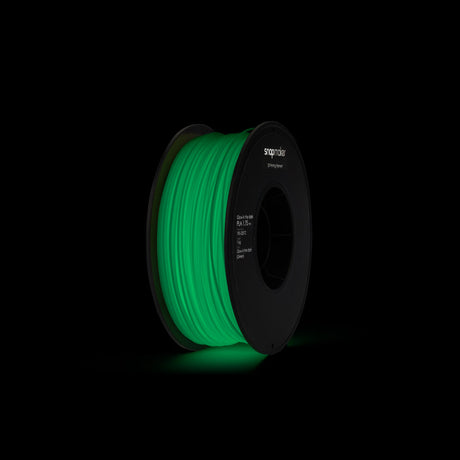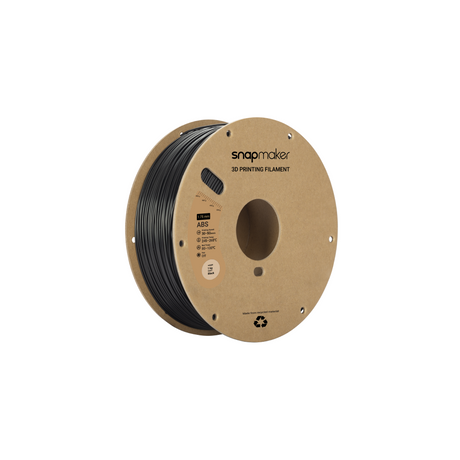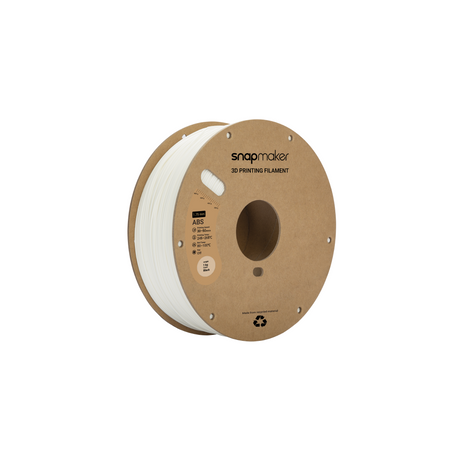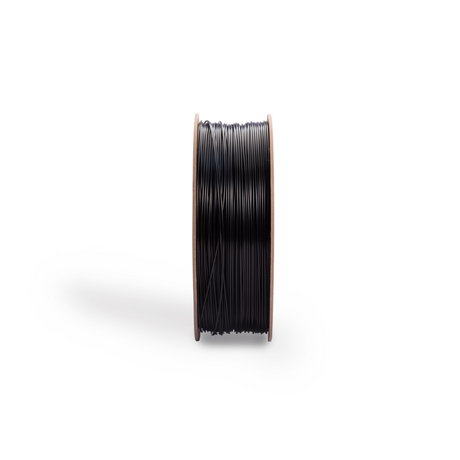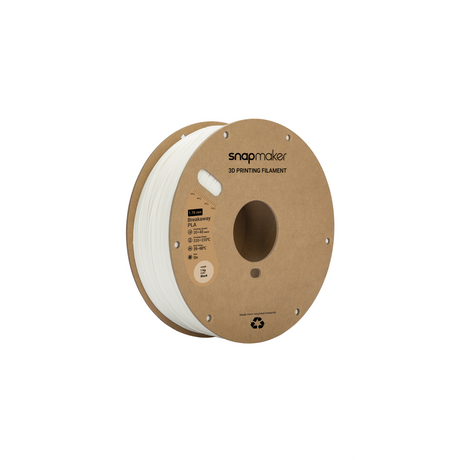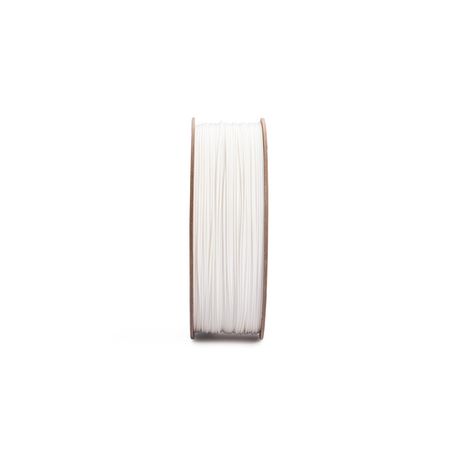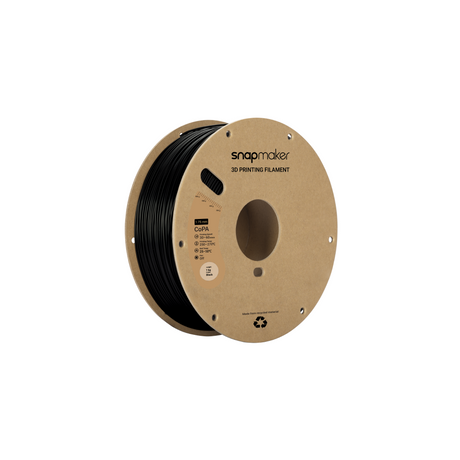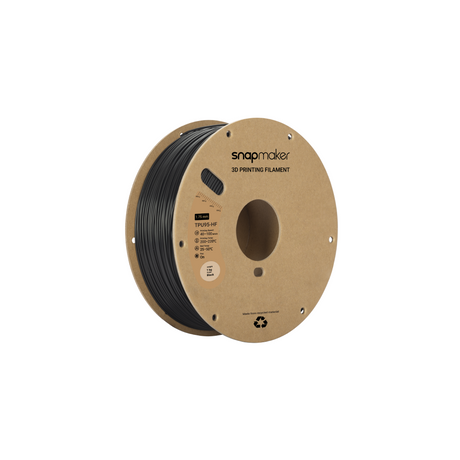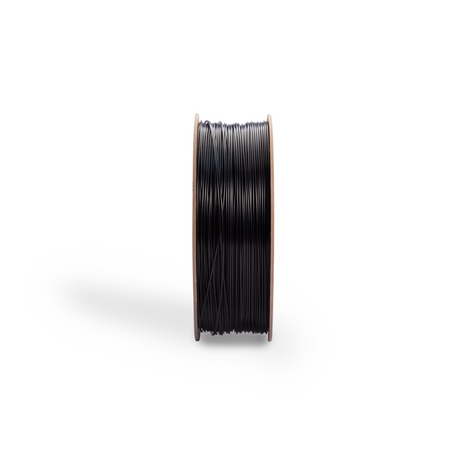A 3D printer works by building a physical object layer by layer based on a digital model or design. The process of 3D printing typically involves the following steps:
1. Creating a digital design: The first step is to create a digital 3D model or design using specialized software such as CAD (computer-aided design) or 3D modeling software.
2. Slicing the design: Once the digital model is created, it needs to be sliced into thin, horizontal layers. This is done using a software called a slicer. The slicer analyzes the digital model and generates instructions for the 3D printer to print each layer.
3. Preparing the printer: The 3D printer needs to be prepared before printing. This involves loading the filament, setting the print bed temperature, and calibrating the printer.
4. Printing: The printer then begins to print the model layer by layer, following the instructions generated by the slicer software. The printer extrudes molten plastic or other material through a small nozzle or a laser, depending on the type of 3D printing technology being used.
5. Finishing the print: Once the printing is complete, the object needs to be removed from the print bed and any support structures that were printed along with it need to be removed. The object may also need to be sanded or smoothed to achieve the desired finish.
Overall, 3D printing is a complex process that requires specialized equipment and software, as well as a good understanding of the technology involved. With the right tools and knowledge, however, 3D printing can be a powerful tool for creating custom, complex, or one-of-a-kind objects.
Here are some ideas to help you get started:
1. Material selection: Choose materials with different properties, such as hardness, density, and color, to create a variety of effects. You can also try combining multiple materials, like metal and wood or acrylic and fabric, to achieve distinctive results.
2. Cutting tools and techniques: Utilize different types of cutting tools, such as end mills, ball nose cutters, or V-bits, to create varying textures and patterns. Experiment with different cutting techniques, like engraving, pocketing, or contouring, to generate unique shapes and designs.
3. Layering: Use the layering technique to create intricate patterns and textures. Cut multiple layers of different materials or colors and stack them together to form a single piece. You can also create relief or embossed effects by varying the depth of cut between layers.
4. Inlays and overlays: Incorporate inlays or overlays in your designs by cutting a shape or pattern into one material and fitting another within the cutout space. This can create visually striking and textured effects.
5. Varying cutting depths: Experiment with different cutting depths to create engraved or embossed designs, which can add texture and dimension to your products.
6. Machining strategies: Test various machining strategies, like adaptive clearing or high-speed machining, to achieve different surface finishes and textures. Adjusting the stepover or feed rate can also alter the final appearance of your product.
7. Finishing techniques: Apply post-processing techniques, such as sanding, polishing, painting, or staining, to create unique textures and effects on the cut materials. You can also use techniques like patination or anodization for metals to achieve interesting color and texture variations.
8. Software and design: Use CAD/CAM software to design and simulate your projects before cutting. Experiment with different patterns, shapes, and geometries to create innovative designs. Some software also allows you to apply textures or patterns to the surface of your model, which can be translated into CNC toolpaths.
